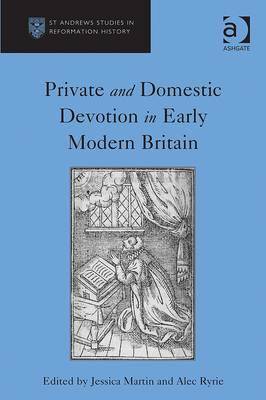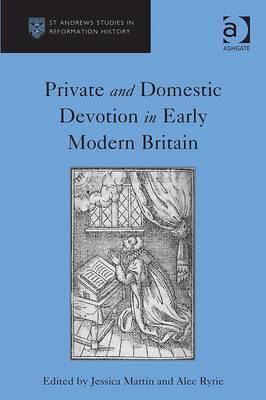
- Afhalen na 1 uur in een winkel met voorraad
- Gratis thuislevering in België vanaf € 30
- Ruim aanbod met 7 miljoen producten
- Afhalen na 1 uur in een winkel met voorraad
- Gratis thuislevering in België vanaf € 30
- Ruim aanbod met 7 miljoen producten
Zoeken
Omschrijving
Scholars increasingly recognise that understanding the history of religion means understanding worship and devotion as well as doctrines and polemics. Early modern Christianity consisted of its lived experience. This collection and its companion volume (Worship and the Parish Church in Early Modern Britain, ed. Natalie Mears and Alec Ryrie) bring together an interdisciplinary range of scholars to discuss what that lived experience comprised, and what it meant. Private and domestic devotion - how early modern men and women practised their religion when they were not in church - is a vital and largely hidden subject. Here, historical, literary and theological scholars examine piety of conformist, non-conformist and Catholic early modern Christians, in a range of private and domestic settings, in both England and Scotland. The subjects under analysis include Bible-reading, the composition of prayers, the use of the psalms, the use of physical props for prayers, the pious interpretation of dreams, and the troubling question of what counted as religious solitude. The collection as a whole broadens and deepens our understanding of the patterns of early modern devotion, and of their meanings for early modern culture as a whole.
Specificaties
Betrokkenen
- Auteur(s):
- Uitgeverij:
Inhoud
- Aantal bladzijden:
- 308
- Taal:
- Engels
- Reeks:
Eigenschappen
- Productcode (EAN):
- 9781409431312
- Verschijningsdatum:
- 17/09/2012
- Uitvoering:
- Hardcover
- Formaat:
- Genaaid
- Afmetingen:
- 156 mm x 234 mm
- Gewicht:
- 612 g

Alleen bij Standaard Boekhandel
+ 610 punten op je klantenkaart van Standaard Boekhandel
Beoordelingen
We publiceren alleen reviews die voldoen aan de voorwaarden voor reviews. Bekijk onze voorwaarden voor reviews.











